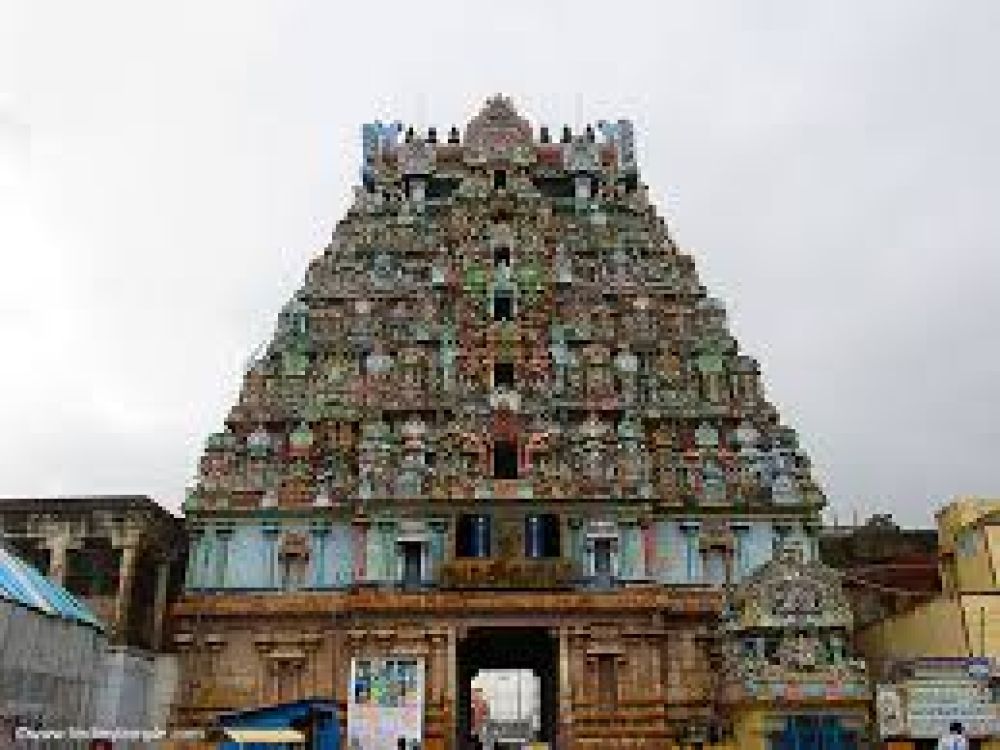

The Jambukeswarar Temple, situated in Tiruchirappalli (Trichy), Tamil Nadu, India, is a historic temple that represents the zenith of ancient South Indian architecture. This temple, dedicated to Lord Shiva, is one of the five major Shiva Temples of Tamil Nadu, which represents the five elements; Jambukeswarar represents water ('Appu Lingam'). It was built by Ko Chenkann Cholan, known as Kochenga Chola, who was one of the Early Cholas, approximately 1,800 years ago.
The temple is also part of the Thiruvanaikaval temple complex and is famous for its intricate workmanship in stone. Tourists particularly marvel at the sprawling corridors, the exquisite sculptures, and the inscriptions that speak volumes about the past. A unique feature of this temple is that it is also one of the 275 Paadal Petra Sthalams, where all of the four most revered Saivite Saints or Nayanars, have sung the glories of this temple.
In recent years, tourism at Jambukeswarar Temple has been shaped by several trends:
Sustainable Tourism: There's a growing trend of environmental consciousness among tourists and in tourism practices. The temple premises maintain cleanliness and green protocols, which aligns with tourists' values for sustainability.
Educational Tourism: The rich history and architectural significance of the temple draw students and history enthusiasts who are eager to learn about South Indian culture and temple architecture, contributing to a form of educational tourism.
The temple is open to visitors throughout the year and has specific timings for worship. It is advisable to visit during the early morning or evening to participate in the ritual poojas. Garments such as sarees and dhotis are recommended for those entering the main temple complex, in keeping with the traditional dress code. Photography may be restricted within the sanctum sanctorum.
Many visitors combine the temple visit with a tour of other historical sites in Trichy, such as the Rockfort Temple and Srirangam Ranganathaswamy Temple, to get a more comprehensive understanding of the region's religious and cultural significance.